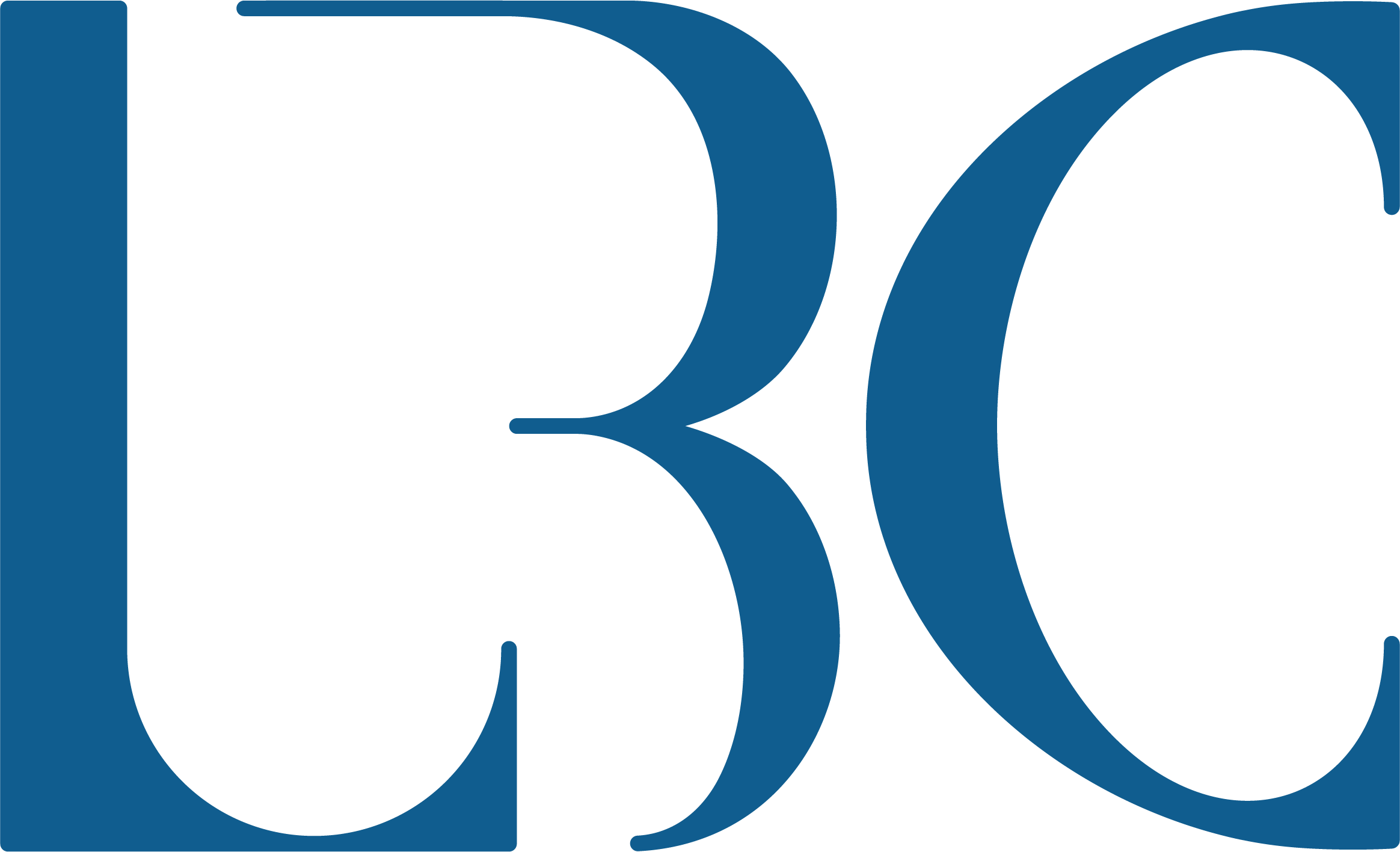
Art students are voicing frustration after the Long Beach State Department of Theater Arts allegedly used artificial intelligence to create promotional material for a campus play.
The posters were made to promote “Frantic Tempest,” a modern-day adaptation of William Shakespeare’s play, “The Tempest.”
Fourth-year student Sarah Keilman, 21, finds the use of AI in promotional materials “sad” and “disappointing.”
“It’s kind of like when your dad tells you I’m not mad, I’m disappointed,” Keilman said.
A technical theater major, Keilman heard about it from a student assistant friend who helped put up the posters. She said they looked “bad,” after seeing them herself.
“I was like, Oh…it’s very obvious that it is made by AI,” Keilman said.
She said that posters are people’s first impression of a show so “to make a piece of AI or AI art the face of your show, it sucks.”
“That should not represent what the show is about,” Keilman said.

The promotional art for Frantic Tempest was created by College of the Arts Graphic Designer Jonathan Torres. Students allege the art is made by AI. Photo Credit: Nasai Rivas
The play’s last show was on Friday, Feb. 21, with the first show taking place on Feb. 13. It was directed by Ezra LeBank, chair of the theater arts department and the California Repertory of CSULB.
The Current reached out to LeBank about whether or not AI was on the posters. LeBank responded in an email that College of Fine Arts Graphic Designer Jonathan Torres created the posters.
The Current attempted to contact Torres. Instead, the Communications and Events Coordinator for the College of the Arts, Bethany Price, sent an emailed statement from the Dean of the College of Fine Arts, Royce Smith.
“Art, design and the creative industries have always evolved using the tools available, and our exploration of that in our work is no different,” the statement read.
The statement did not mention whether AI was used in the promotional material.
Other art students spoke about the harm that AI has done to the creative industry.
“What AI art really is, is just scrapped together pieces of other artists’ work that’s been stolen without their permission and used without their permission,” Wym Greene, 21, said.
Greene, an illustration BFA student, believes the department’s use of AI for its promotional posters takes away opportunities from student illustrators and artists.
“Like for the theater department, for example, I would love to illustrate any of their posters, and if higher-ups reached out to me and asked me for that, that would be super amazing to fill out my portfolio,” Greene said.
Terance Kissel, 23, a fourth-year theater arts performance major said he first noticed the theater department using AI last semester.
“In my opinion, AI art is a black hole, it’s a black hole that the more that it’s used it sucks up creativity,” Kissel said.
Daniel Dove, the program head of the drawing and painting department, objects to the use of AI art. He said the loss of human jobs, plagiarism and environmental concerns are at the forefront of the issue.
“If you’re an artist who wants to make a living from your art, then you have to take seriously all forms of competition, whether you ethically agree with them or you don’t,” Dove said.












